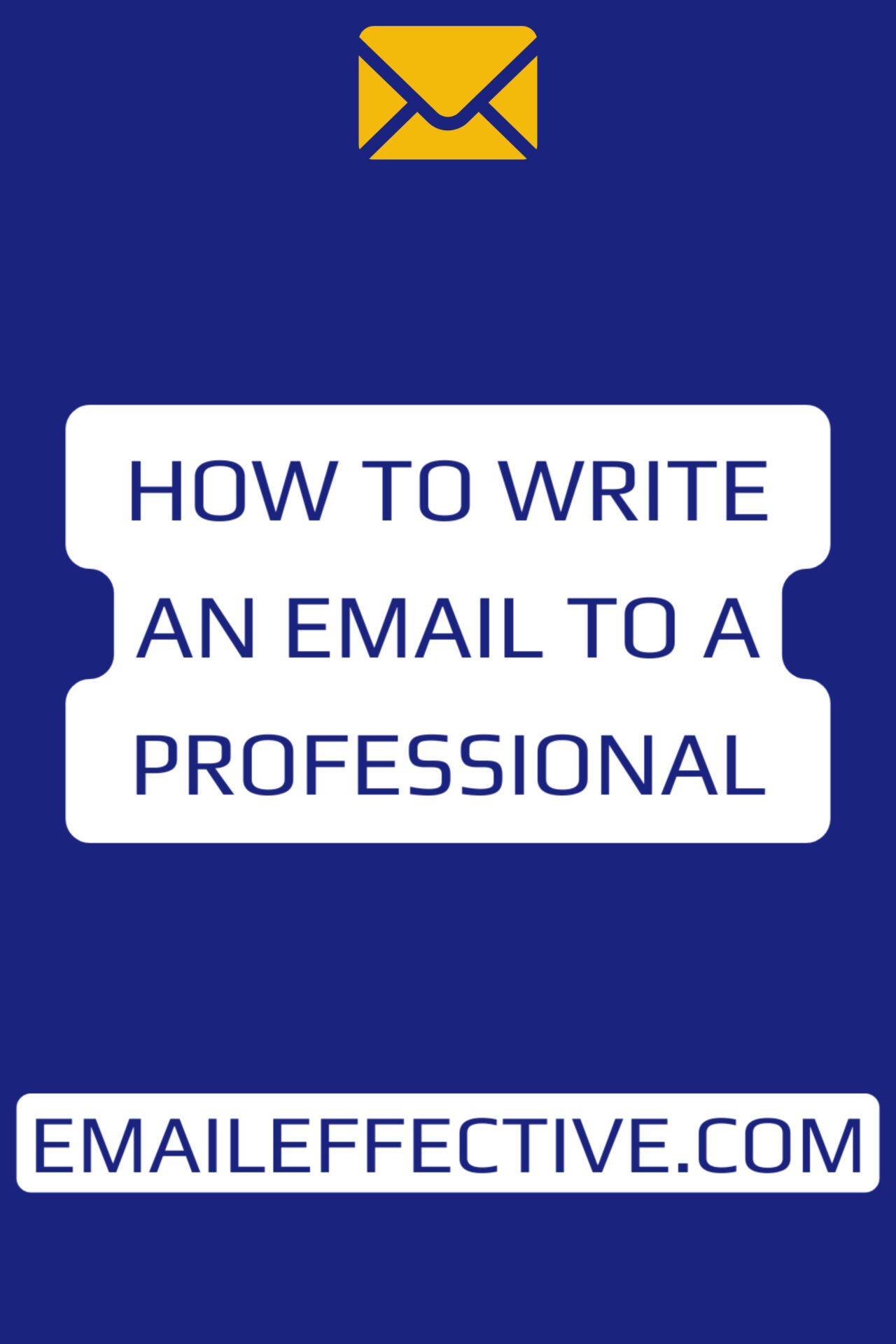The ability to craft a well-written email to a professional is indispensable. Whether you’re embarking on a job hunt, seeking expert advice, or communicating with colleagues, a professional email can leave a lasting impression. This article offers an in-depth look at how to prepare for, structure, and send an email that will stand out for all the right reasons.
To write an email to a professional, begin by identifying your purpose, researching your recipient, and gathering relevant information. Your email should include a clear subject line, polite salutation, concise body text, courteous closing, and your contact information.
Table of Contents
Preparing to Write the Email: The Essential Steps
Before you even start typing your email, it’s important to lay the groundwork through preparation. This ensures your message is clear, targeted, and effective.
- Identify Your Purpose: Every professional email should have a clear purpose. Are you applying for a job? Seeking advice? Making a business proposal? Knowing why you’re writing an email informs every other aspect of it, from tone to content.
- Research Your Recipient: Understanding who will be on the receiving end of your email is key. Find out as much as you can about their role and responsibilities within their organization. This can help you tailor your communication to their specific needs and priorities.
- Gather Relevant Information: Make sure you have all the necessary details at your fingertips. If it’s a job application, have your resume and portfolio ready. If it’s a business proposal, gather all relevant data and facts.
Crafting Your Email: The Must-Have Components
Once you’re ready to write your email, there are several crucial components that should be included. Each serves a specific purpose and together they create a cohesive, effective message.
- Subject Line: This is your first chance to grab the recipient’s attention. It should summarize the purpose of the email in a concise yet comprehensive manner.
- Salutation: Start your email with a respectful greeting. If you know the recipient’s name, use it. This adds a personal touch and shows that you’ve done your homework.
- Body: Here’s where you get down to business. Clearly explain why you’re reaching out, providing any necessary context or details. Keep your language professional and your points concise.
- Closing: Conclude your email with a courteous sign-off that matches the tone of your message. Then sign off with your full name.
- Contact Information: Be sure to include your relevant contact details. This could be your phone number for a job application or a link to your LinkedIn profile in a networking email.
Email Template: A Starting Point for Your Message
To help you put these tips into practice, here’s an adaptable template:
Subject: [Your Concise Yet Informative Subject Line] Dear [Recipient's Name], I hope this message finds you well. I am writing to [concisely state the purpose of your email]. [Provide necessary details in a concise but comprehensive manner] I appreciate your time and consideration in this matter. I look forward to the opportunity to discuss this further with you at your convenience. Kind regards, [Your Full Name] [Your Relevant Contact Information]
Wrapping Up: Some Final Thoughts and Tips
Writing an email to a professional doesn’t have to be intimidating. With careful preparation and thoughtful crafting, you can create a message that is both professional and effective. Keep your email brief, respectful, and purposeful. And don’t forget to proofread before hitting send! A single typo can detract from the professionalism of your email.
